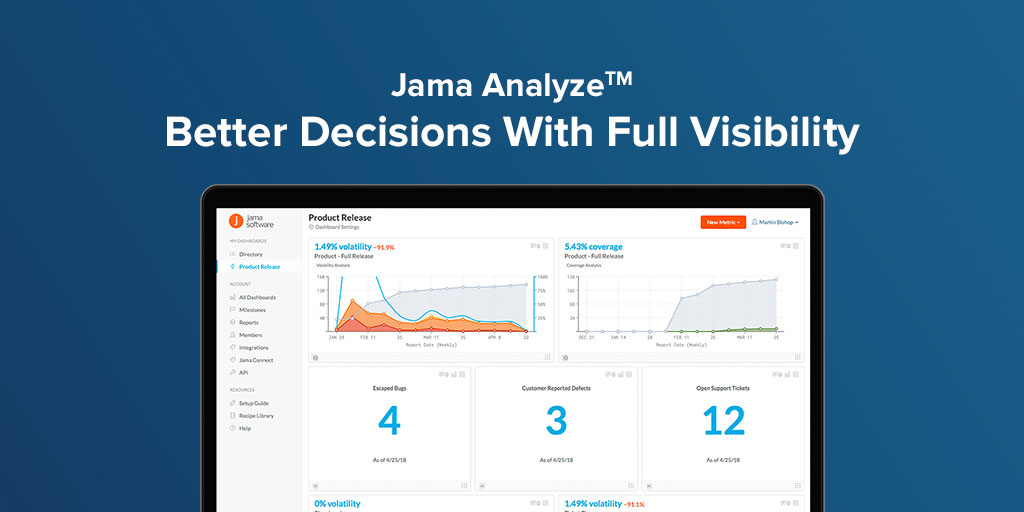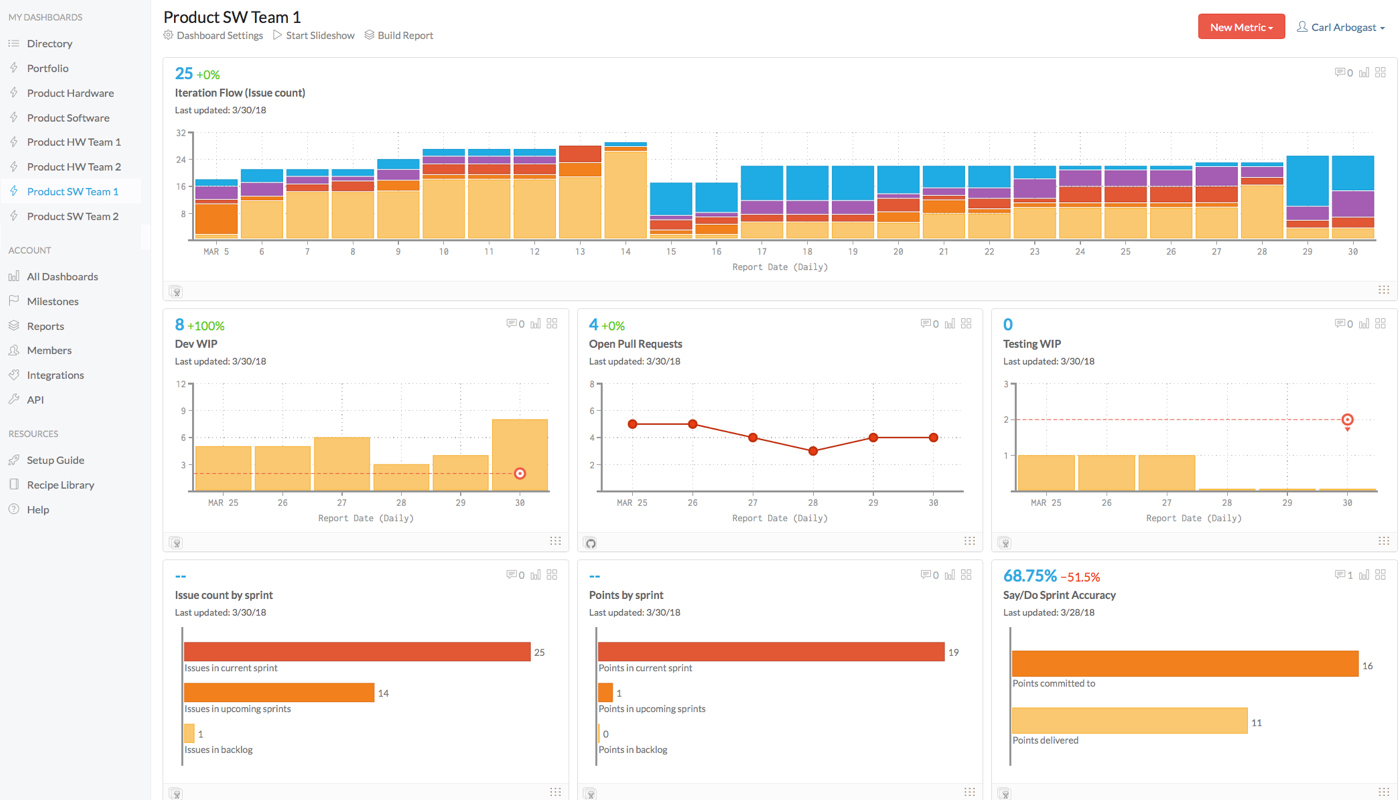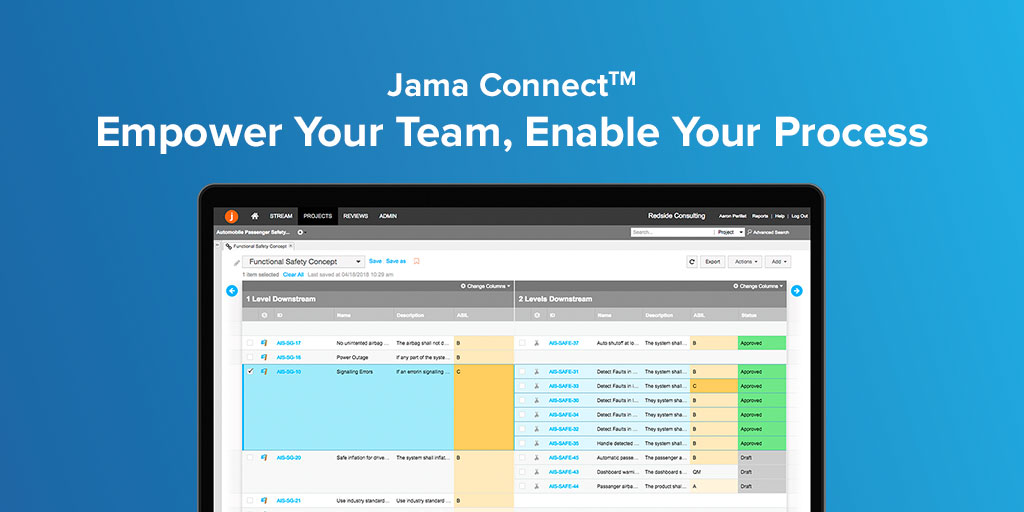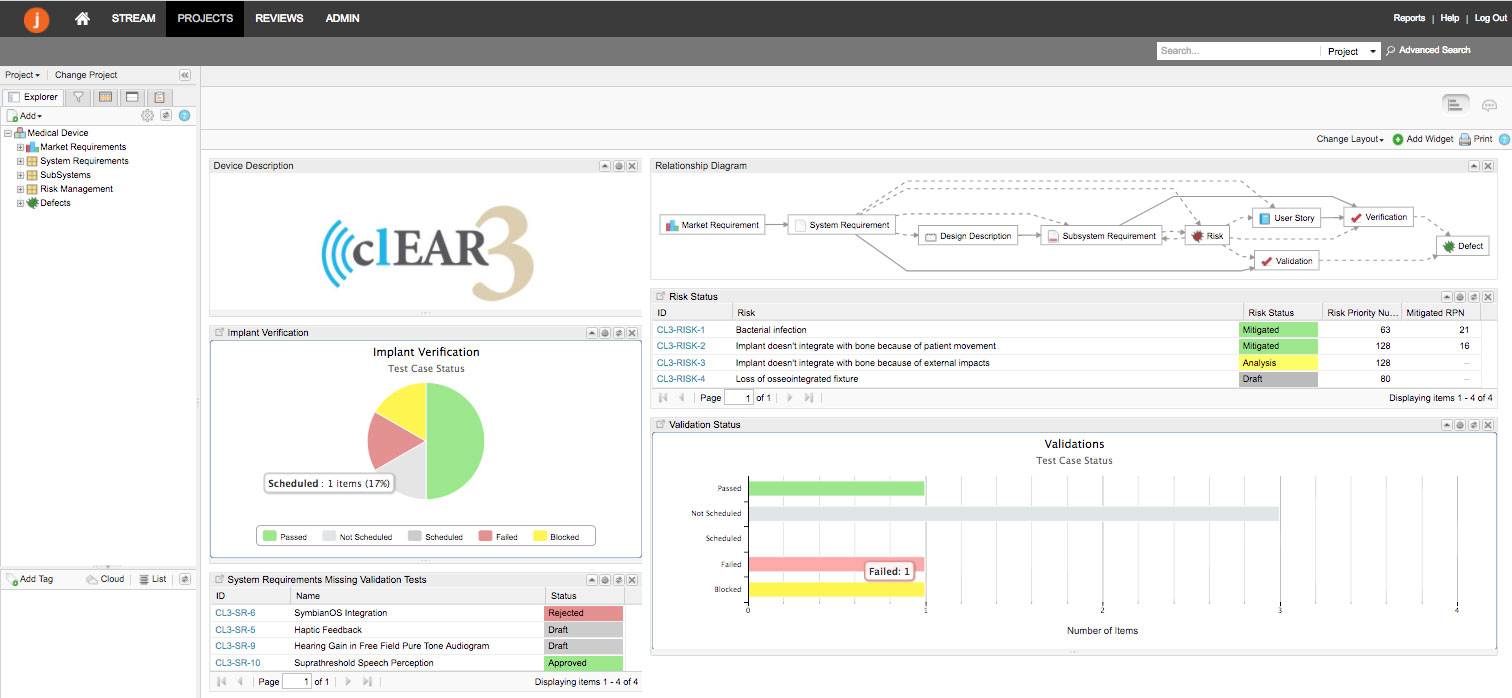There are many reasons why a project might stray from its original plan, but a leading factor is often underestimating complexity at the project’s outset. And that mistake is costing companies.
McKinsey recently analyzed 1,800 completed software projects and 1,600 integrated-circuit design projects for a deeper understanding of the state of product development.
The study found that only 30% of software projects met their original delivery deadline, while the average overrun was around 25%.
With hardware projects, the problem was worse: More than 80% of projects were late and the average overrun was nearly 30%.
Overruns such as these cost companies greatly, with both a direct impact on budget and an indirect effect on market position and perspective. This is a tough problem to tackle, especially when teams are building increasingly complex products at a faster rate than ever before.
At Jama, we believe the way to overcome this challenge is to make your development process more standardized. Here are three ways to take your development process to the next level and decrease costly overruns for good.
Focus on the Definition Stage
Multiple handoffs, interactions and iterations take place throughout the development process. Yet, because of antiquated and disparate tooling, teams are often disconnected and lack visibility into what other groups are doing or how those actions affect scope.
The result is often tradeoffs without market context. This can lead to scope creep and quality issues entering the process downstream, all due to poor communication in earlier development stages.
To smooth handoffs and create a refined process, you need to focus upstream at the definition phase of development. If you get that right, you can mitigate issues downstream so they don’t become much larger and more significant problems.
Use the Right Tools for the Job
Products are more complex than ever, so it follows that development of those products has grown more complicated. Still, many companies continue to use the same, unstructured tools they’ve always used in their development process.
Today’s highly structured, highly governed work requires technology that can not only withstand the changing landscape but also ease the transition and manage complexity at scale.
Modern product development platforms like Jama Connect empower your teams and support the workflow you need to compete in today’s market.
Managing complexity at scale means defining relationships among requirements and items through to defects, as well as validating and verifying that what you’re building is what the market needs.
This is exactly what Jama Connect™ provides. Seamless integrations with best-in-breed tools like Jira Software increase the visibility of activities across a unified environment.
You can operate with the confidence that your teams are working collaboratively; your review process supports your structure, and you can deliver on time – all with live traceability along the way.
Avoid Past Mistakes
Teams often underestimate complexity because they believe that issues they’ve encountered in the past won’t come up again. Avoiding past mistakes requires leveraging what you’ve already done and benchmarking for the future. A structured approach backed by consistent data lets you see how projects are progressing in real time.
To dive deeper into the relationship between rising product complexity and effective requirements management, download our report: “Design Teams: Requirements Management & Product Complexity.”






